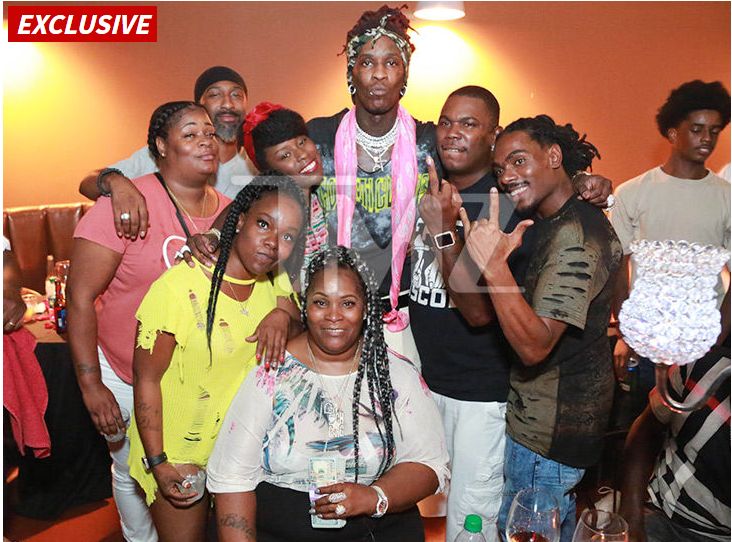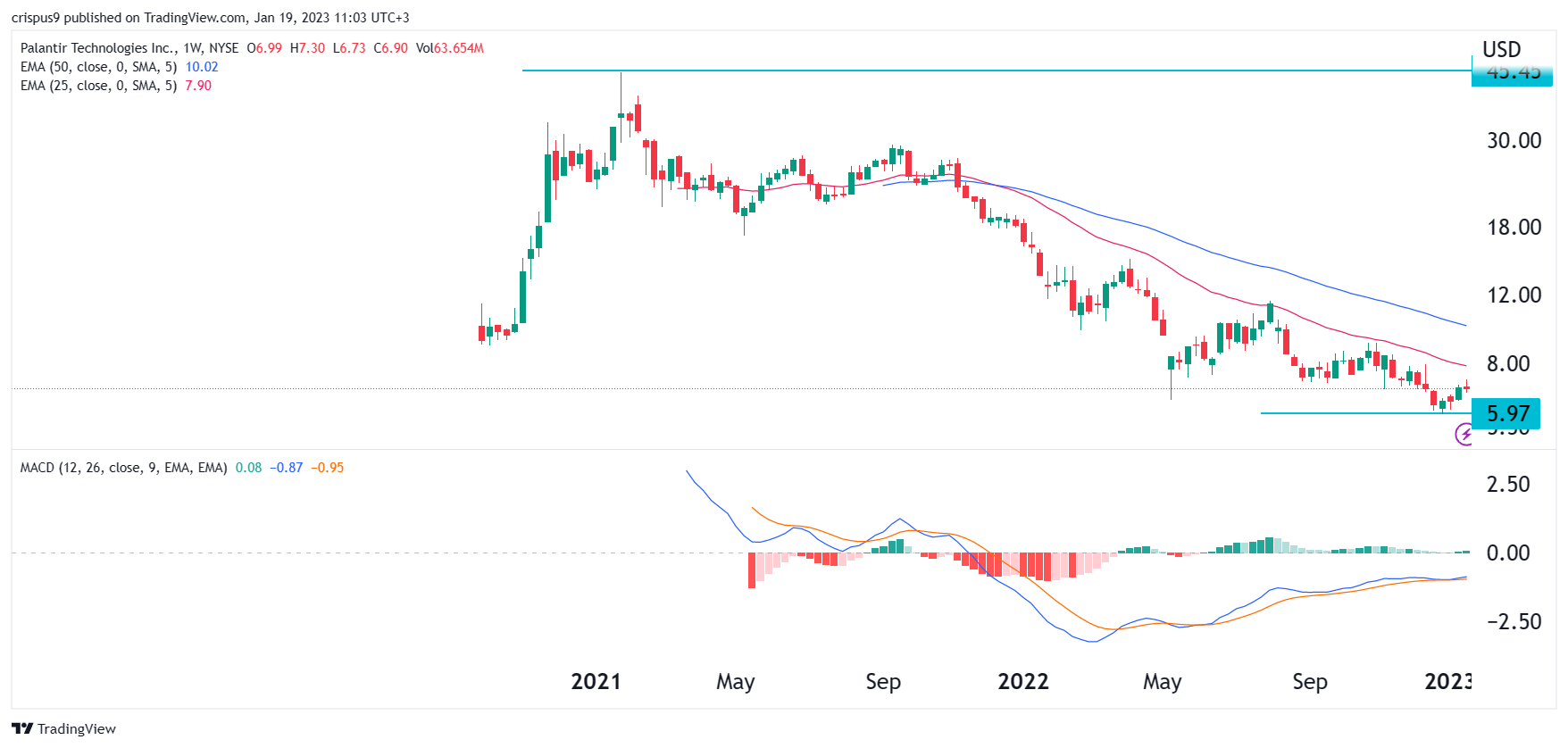Supporting The Transgender Community: An Ally's Guide For International Transgender Day Of Visibility

Table of Contents
Understanding Transgender Identities and Experiences
Understanding gender identity is fundamental to allyship. Gender identity is an individual's internal sense of being a man, a woman, both, neither, or somewhere else along the gender spectrum. This is distinct from biological sex assigned at birth and gender expression, which refers to how someone outwardly presents their gender. It's crucial to remember that transgender identities are incredibly diverse; there is no single "transgender experience." Generalizing or stereotyping is harmful and inaccurate.
Common misconceptions surrounding transgender identities often stem from a lack of understanding. Let's address some of these:
- Myth: Transgender people are "choosing a lifestyle." Reality: Gender identity is an intrinsic part of a person's being, not a choice.
- Myth: Transgender people are a threat to cisgender people. Reality: Transgender people are just as diverse as the cisgender population, and violence against transgender people is a significant issue, not the other way around.
- Myth: Transgender women are men trying to deceive women. Reality: This harmful stereotype reinforces transphobia and ignores the validity of transgender women's identities.
To deepen your understanding, explore these resources:
- The Trevor Project: Offers crisis intervention and suicide prevention services for LGBTQ+ youth.
- Human Rights Campaign (HRC): A leading LGBTQ+ advocacy organization.
- GLAAD: Promotes fair, accurate, and inclusive representation of LGBTQ+ people in the media.
- Books: "Transgender 101: A Simple Guide to a Complex Issue" by Nicholas Teich.
Language and Respectful Communication
Respectful communication is paramount when interacting with transgender individuals. Using correct pronouns and names is crucial; misgendering (using incorrect pronouns or names) and deadnaming (using a person's birth name instead of their chosen name) are deeply hurtful and invalidate their identity.
If you accidentally misgender someone, apologize sincerely and correct yourself. For example: "I'm so sorry, I didn't mean to misgender you. Your name is Alex, and your pronouns are he/him." Don't make a big deal out of it, but acknowledge your mistake and move forward respectfully.
Inclusive language avoids gendered assumptions. Instead of using phrases like "ladies and gentlemen," opt for "everyone," "folks," or "y'all." Here are examples of respectful and inclusive language:
- Use people's chosen names and pronouns.
- Avoid making assumptions about someone's gender identity or expression.
- Use gender-neutral language whenever possible.
- Ask people their pronouns if you're unsure.
Allyship in Action: Practical Steps to Support the Transgender Community
Allyship is more than just words; it requires consistent action. Supporting the transgender community involves advocacy, education, and creating safer spaces.
Here's how you can become a more active ally:
- Advocate: Support transgender-inclusive policies in your workplace, school, or community. Contact your elected officials to advocate for transgender rights.
- Donate and Volunteer: Support organizations that work to improve the lives of transgender people.
- Educate: Learn about transgender issues and share your knowledge with others. Challenge transphobic comments and behavior whenever you witness them.
- Create Safe Spaces: Make your home, workplace, or social group a safe and welcoming environment for transgender individuals.
Celebrating International Transgender Day of Visibility
ITDoV is a powerful opportunity to amplify transgender voices and show solidarity. Here's how you can participate:
- Attend or organize local events.
- Share stories and resources on social media using hashtags like #ITDoV and #TransVisibility.
- Educate yourself and others about transgender issues.
- Support transgender-owned businesses.
- Donate to transgender-focused charities.
Becoming a Strong Ally to the Transgender Community
Being an ally to the transgender community means understanding gender identity, using inclusive language, and actively supporting transgender rights and inclusion. International Transgender Day of Visibility serves as a vital reminder of the importance of allyship. Let's make every day International Transgender Day of Visibility by actively supporting the transgender community. Learn more, take action, and be an ally.
Further Resources:
Remember, allyship is an ongoing journey. Continue learning, listening, and advocating for the transgender community throughout the year.

Featured Posts
-
 Young Thug Speaks Out Post Prison Reaction To Being Mentioned In Not Like U
May 10, 2025
Young Thug Speaks Out Post Prison Reaction To Being Mentioned In Not Like U
May 10, 2025 -
 El Salvadors Gang Violence And The Kilmar Abrego Garcia Case A Us Political Debate
May 10, 2025
El Salvadors Gang Violence And The Kilmar Abrego Garcia Case A Us Political Debate
May 10, 2025 -
 Jazz Cash And K Trade Making Stock Trading Accessible To All
May 10, 2025
Jazz Cash And K Trade Making Stock Trading Accessible To All
May 10, 2025 -
 Palantir Stock Price Prediction And Investment Strategy
May 10, 2025
Palantir Stock Price Prediction And Investment Strategy
May 10, 2025 -
 Understanding Trumps Stance On Transgender Service Members
May 10, 2025
Understanding Trumps Stance On Transgender Service Members
May 10, 2025
